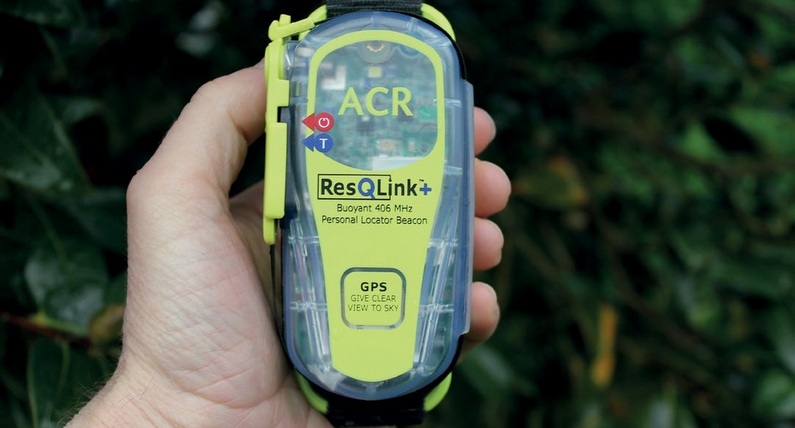
New beacons and SENDs guideline available
The NZSAR Beacons and Satellite Emergency Notification Devices Guideline aims to support suppliers, retailers, hire agencies and all end users of beacons and SENDS.
The guidline is available for download from our website.
The aim is to get everyone on the same page, with an authoritative statement which addresses key issues facing the New Zealand SAR system regarding emergency location technologies.
The international Cospas-Sarsat system provides a world-wide distress beacon system, enabled through standards and legislation. Meanwhile, the commercial sector has organically developed a range of satellite emergency notification devices (SENDs). Although many of these have functions for use in an emergency, they are not subject to any comparable standardisation or legislative frameworks. The public, in general, regards these two technologies as one and the same. But in the SAR sector, we know there are significant differences, and the guideline aims to make these clearer for everyone involved.
The Guideline provides information to support users and suppli-ers of both beacons and SENDs. This includes the responsibilities of hirers and employers when supplying beacons or SENDs, and for event organisers supplying these to participants.
The range of communication and SENDs available is beginning to grow exponentially, with some technologies (such as cellular capable wrist-watches) claiming to offer the user a way to contact emergency services. The guideline provides a starting point to support the public (and industry) on selecting and using the most appropriate form of emergency device. Likewise, better public education will help end-users to be properly informed about what each device can and cannot do.
Although the rapid growth of beacons and SENDs provides the opportunity for more people to be able to call for help when they really need it, there has been a corresponding increase of inadvertent activations. These place an increasing strain on the SAR system, especially the Rescue Coordination Centre New Zealand. In turn, these strains can bring increased risk to SAR personnel and the success of genuine operations amongst the many false alarms. The public-facing part of the guideline aims to reduce the main causes of false activations through education.
Ongoing liaison is happening through the entire sector involved with beacons and SENDs, to push the messages and the guideline out to those who need to know it.
Whether retail staff receiving training to better inform customers, or end-users being able to find the right information, everyone will benefit from an authoritative statement from the SAR sector.
The Beacons and SEND Guideline is available for download from nzsar.govt.nz/governance/governance-documents/policies/
This article was first published in the December 2022 issue of Link Magazine.
